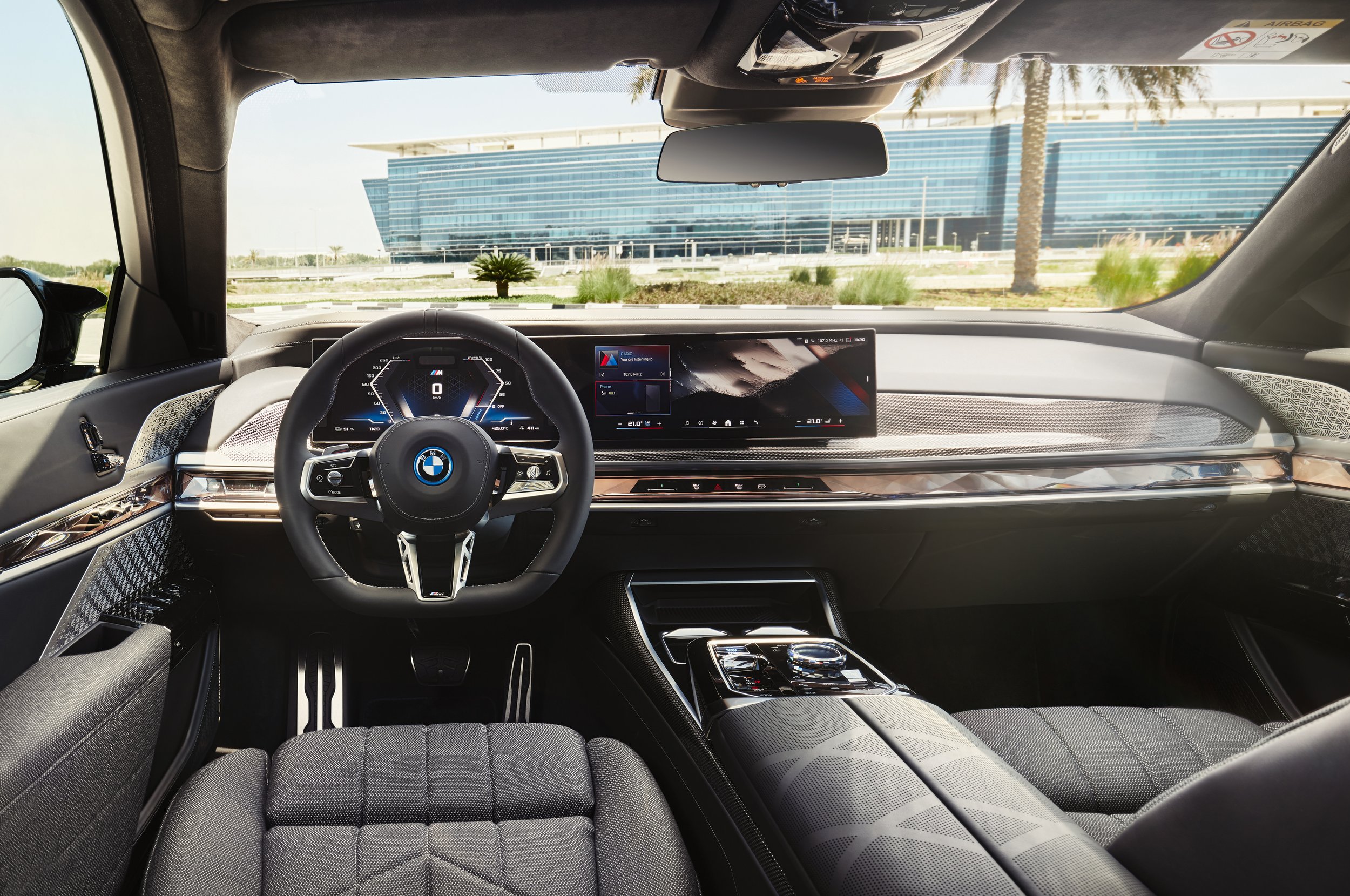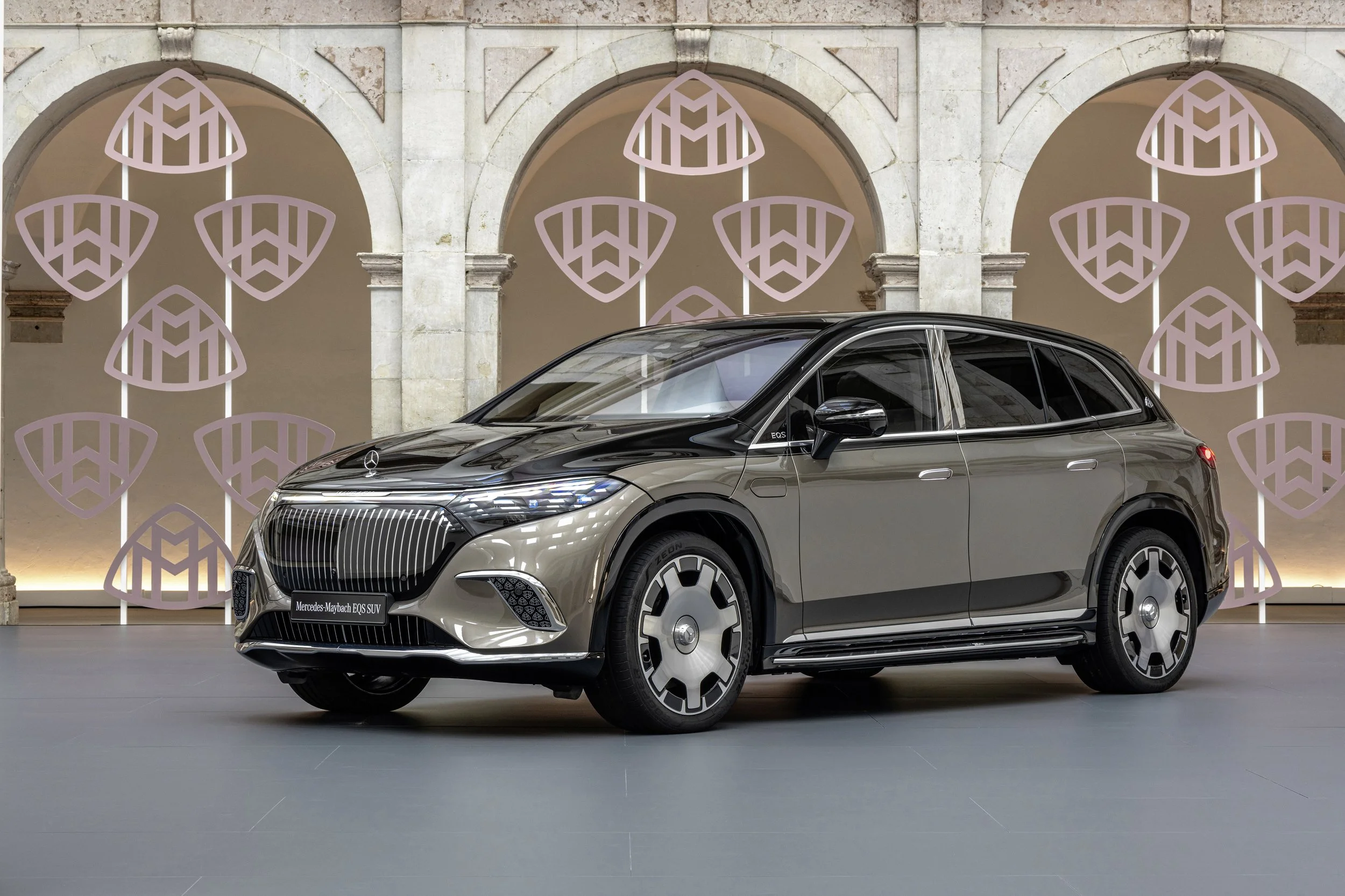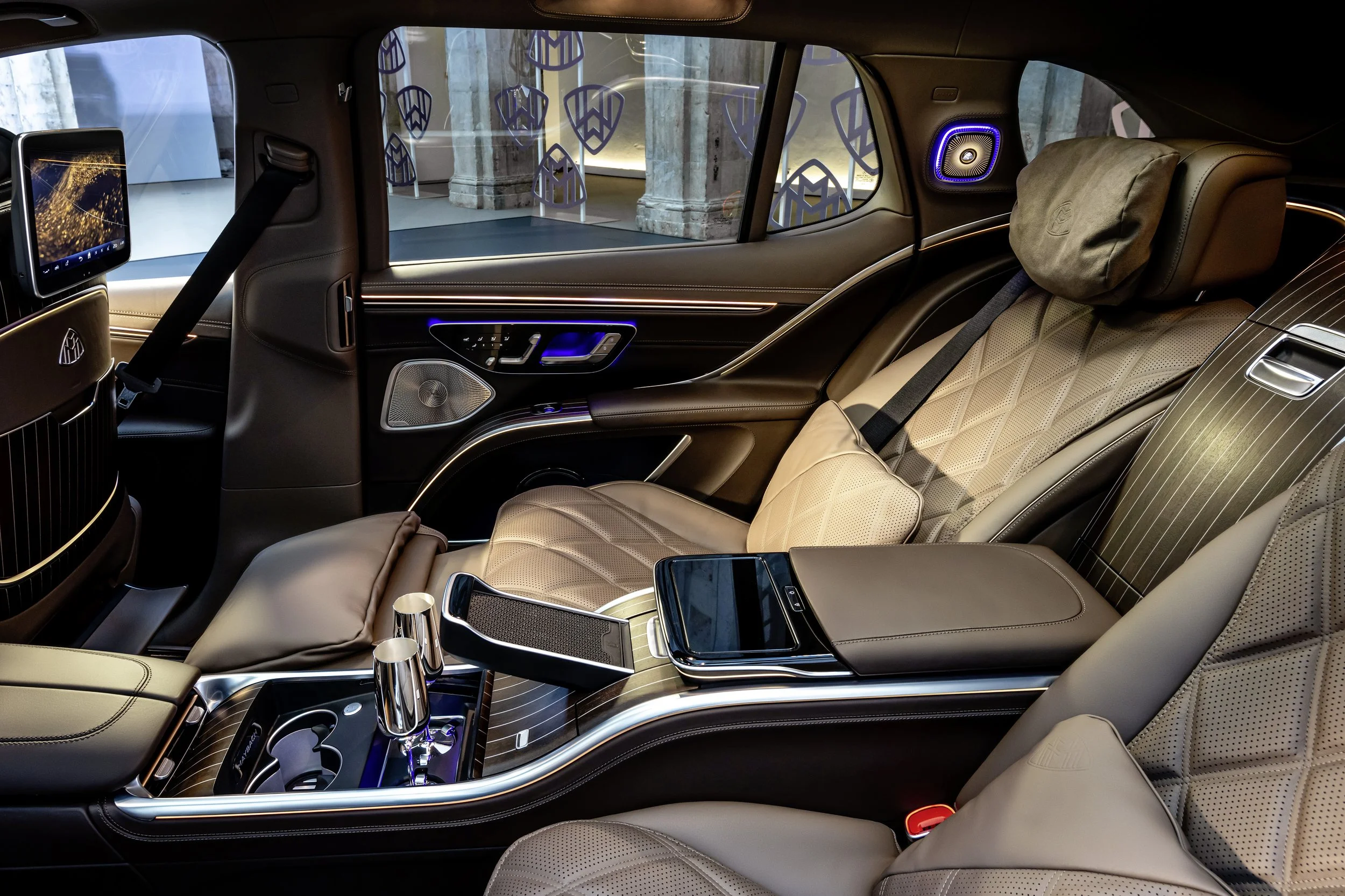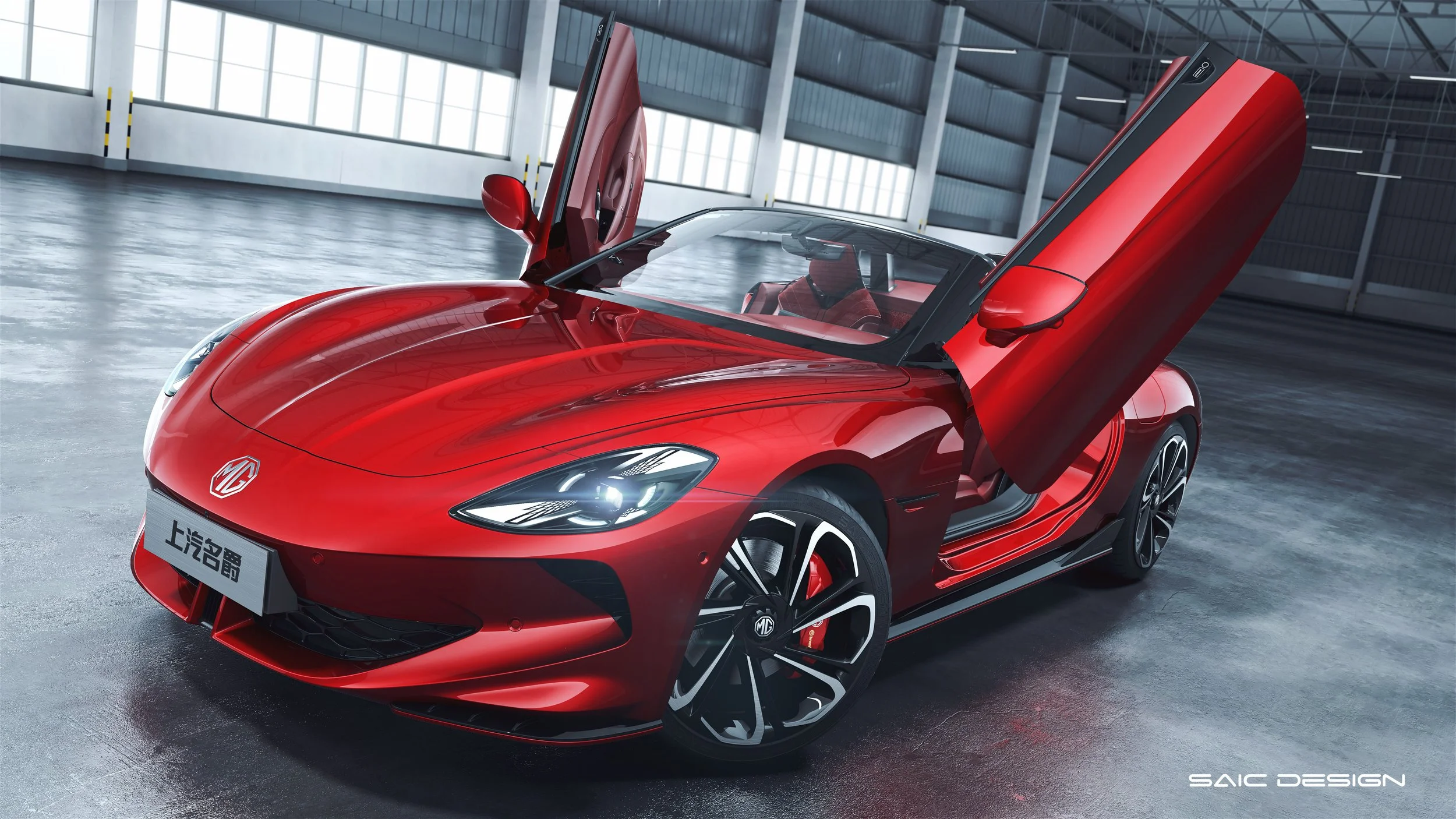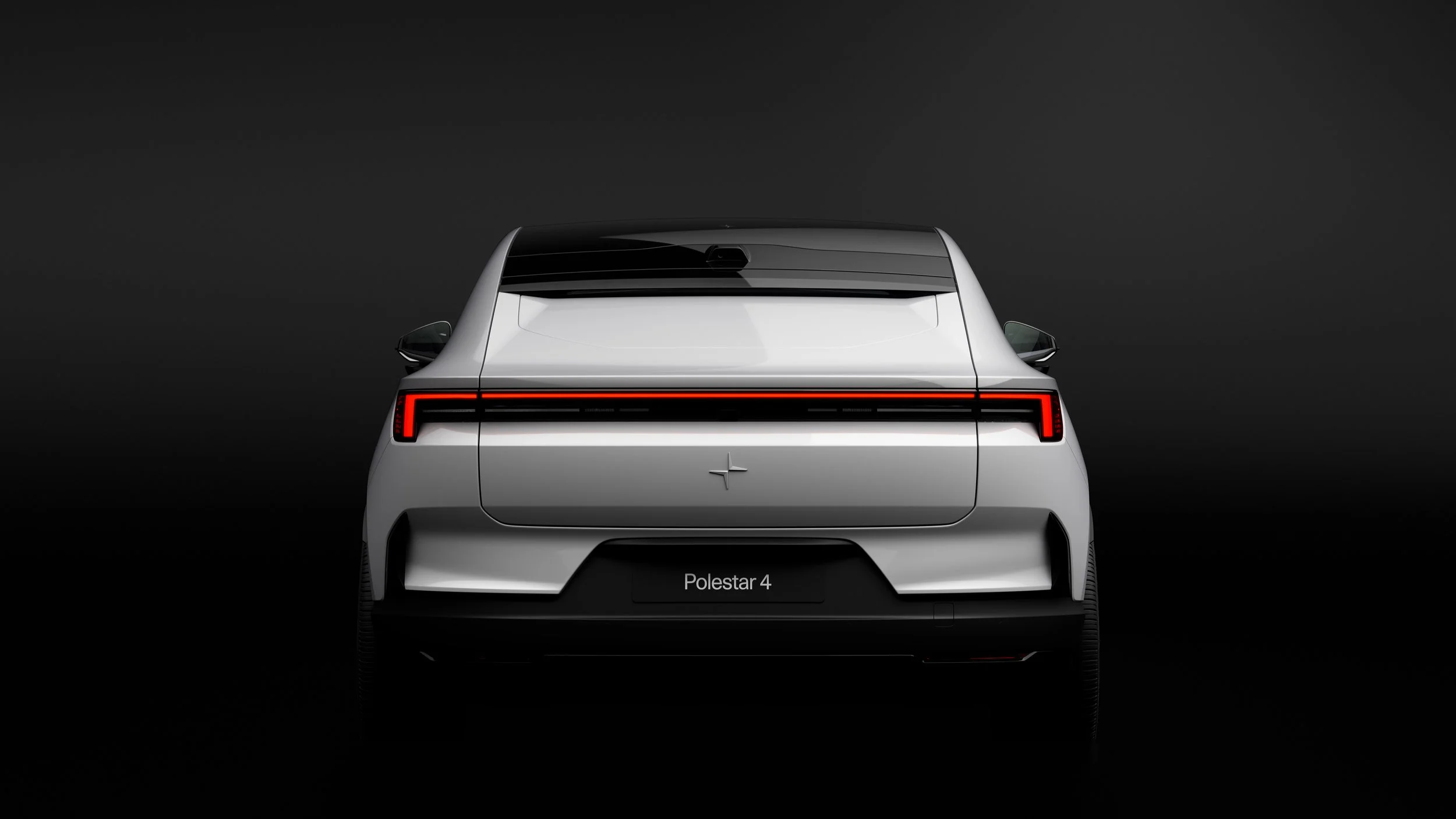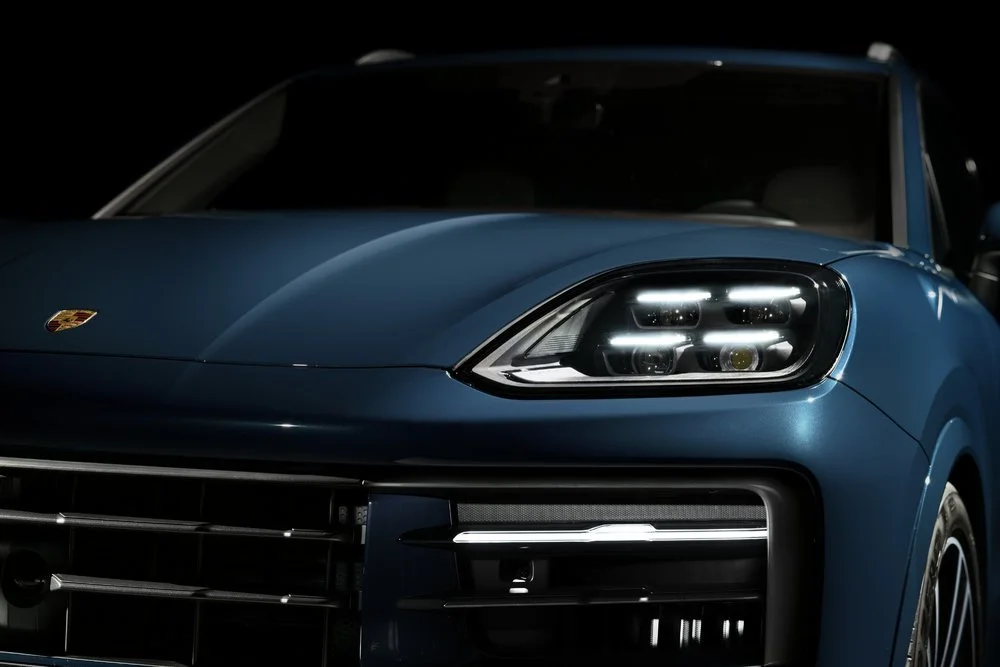Shanghai show stars
/One of the worlds’ most important motor shows has returned to post pandemic health. What’s there for us?
CHINA’S largest and oldest automotive exhibition opened today, with unveilings of global models, most with New Zealand on their travel itineraries.
Here are some of the big guns, listed in alphabetical order, so far uncovered at Auto Shanghai. (note: This story is likely to evolve over the next 24 hours).
BMW i7 M70
OBVIOUSLY, this edition (above) is the fastest version of the i7 electric limousine, recently released in NZ – it’s also the powerful and luxurious BMW electric car.
The dual-motor drivetrain is similar to that in the iX M60 but has been tweaked to offer 190kW from the front motor and 360kW from the rear, for a combined 485kW, a 30kW lift over that packed into the big SUV and 85kW up on the standard i7 xDrive 60 sold here.
The rear motor’s output is claimed to deliver a new BMW record for an electric motor's power-to-weight ratio, at 2.41kW per kg, but really it’s the torque output of 1015Nm, with up to 1100Nm available for short periods of time, that’s also all the talk. That’s a massive 270-355Nm more than the maximum from the standard car develops.
Combined full-throttle acceleration only occurs when the new model's M Launch Control and M Sport Boost functions are activated. Even so, poor tyres, right? Zero to 100kmh in 3.7 seconds is claimed.
Developments adopted on the new electric motor include a patented six-coil design within the stator; it feed off a 101.7kWh lithium-ion that, if used prudently, is claimed to deliver a driving range of between 488 and 560km on Europe's WLTP test cycle, with the combined energy consumption put between 23.8 and 20.8kWh/100km.
The i7 M70 xDrive receives uniquely-tuned air suspension featuring continuously-variable damping control, four-wheel steering, active roll stabilisation and active roll comfort. It also gets uprated brakes and uniquely-designed 21-inch alloy wheels as standard.
New Zealand market provision has yet to be confirmed, but seems highly likely. Expect to see it before year-end.
Mercedes Maybach EQS 680
MAYBACH is Mercedes’ uber-luxury sub-marque; the first full electric with this luxury badge is going big at every level, from size of its sticker – they’re saying in excess of $500,000 – to the provision of more exlusive interior features. Even though it is derived from the standard EQS, which is already quite substantial, the Maybach conspires to go larger in life … with altered exterior styling to enforce that it’s the one for the world’s biggest spenders.
You cannot miss that giant grille, which features 29 vertical chrome elements within a high-gloss black insert, the additional chrome embellishments and a series of Maybach logos within the outer sections of the front bumper
Though it’s a big car, it is designed to seat four. Those in the back achieve premium treatment, with individual reclining seats, which can be ordered with folding tables and a cooling compartment with silver-plated champagne goblets. There are also 11.6-inch displays within the backrests of the front seats, as well as a tablet device and up to four USB ports and two HDMI interfaces.
The standard upholstery uses a synthetic leather, but genuine nappa leather is available; wood trims include a walnut finish.
A Burmester 4D surround sound system is provisioned and this car achieves its own unique synthesised driving sound, known as Aerial Grace.
Dual electric motors deliver outputs of 484kW and 950Nm – on par with AMG performance versions of the EQS electric sedan – and about 600 kilometres of claimed driving range.
MG Cyberster
THE first MG sports car since the long-defunct MG F and MG TF of the late nineties and early 2000 … yup, a long time between pints.
Assuming these are pulling in MG’s new home town. This, of course, is Shanghai … because SAIC (Shanghai Automotive Industrial Corporation) now owns the once-British brand.
That’s not to say there’s nothing of old Blighty left. Cyberster could actually claimed English heritage, as it was designed at SAIC's styling centre in London. The head of that outfit, Carl Gotham, says the focus was to revive the sporting bloodline with a design respectful of the brand's illustrious past – that explains the classical long-nose, short-boot roadster proportions and styling - “while also being absolutely clear that it should be modern and forward-facing like the MG of today, completely in-tune with the rapid transition to electric vehicles.”
The future-now ideal explains the dramatic McLaren-style dihedral doors, with exterior door handles that appear to be digital touchpads.
The entry-level Cyberster will have 233kW, while the top-spec model will get a 405kW thanks to a two-motor, four-wheel drive layout. Which makes the Cyberster the first four-wheel drive MG (excluding the 1980s’ MG Metro 6R4 rally car). Range hasn’t been cited.
The Cyberster will go on sale next year, which helpfully is MG's 100th anniversary.
Polestar 4
AS the designation says, this is the fourth Polestar, and the third in full electric, this one presenting as a rakish sporting crossover designed to rival the Tesla Model Y, BMW iX3 and Audi Q4, while also understudying the Polestar 3 sports utility.
With that sort of remit, you’ll be interested in the performance. There’s a lot yet to be imparted about that side of things, but as with the ‘2’ and ‘3’ there’s a single motor for cruising and a dual motor for bruising.
From Shanghai the Sino-Swede has confirmed that the 4 will be offered in two 'Long range' specifications to begin with, using the same 94kWh (net) lithium-ion battery pack for a range of up to 600 kilometres.
The single-motor, rear-drive variant is rated at 202kW with up to 343Nm of torque and Polestar quotes a 0-100kmh time of 7.4 seconds. Preliminary data suggests that it should average lower than 15kWh/100km on the WLTP cycle.
The second powertrain adds a motor to the front axle for all-wheel drive and total outputs of 405kW and 686Nm of torque. This version does 0-100kmh in just 3.8 seconds. Polestar says it is its fastest production car yet. Efficiency is dulled, yet not hugely. They’re saying 17kWh/100km and an official range of up to 560km.
Both models get 200kW DC charging and 11kW AC charging capability as standard, along with a heat pump. The dual-motor Polestar 4 can tow up to 2000kg, the single 500kg less.
It's a large car measuring 4839 millimetres long with a 2999mm wheelbase – that’s similar dimension to the Polestar 3, with which it shares familial frontal styling. In profile and around the back, though, this SUV-coupe will grab attention for one key point of difference from anything else on the road. The lack of a defined rear window.
To prevent the rear-seat passengers from feeling claustrophobic, there's a full-length glass roof and long side windows, while the driver sees out the back via a rear-view 'mirror' fed images from a roof-mounted exterior camera. Erm, okaaaaay …
Polestar has gone big with sustainable materials in the cabin. Though it will still be possible to order leather upholstery, this is 'animal welfare-secured Nappa leather'. Otherwise there's a lot of recycled material inside. It has vowed to next year publish a full lifecycle assessment showing the car’s true carbon footprint.
The large central touchscreen measures 15.4 inches across the diagonal and the infotainment system is powered by Android Automotive OS and the Snapdragon Cockpit Platform so it has Google built-in. But still features Apple CarPlay.
The boot behind holds a useful 500 litres and there's an additional 15 litres of storage under the nose.
Porsche Cayenne
WHAT’S new here? Not the entire car; as this is a mid-life revamp. Even so, as reworks go, it’s more major than many.
The show gives first look at the whole car, but Porsche already revealed a month ago how the whole cabin is fresh, being a lot more now like that in the Taycan electric.
The exercise now is more about and changes to the exterior and the chassis, the latter work requiring more than 200,000 test kilometres. Porsche calls the end result one of the most extensive upgrades it has ever undertaken.
Even so, first thing you will notice is the design revision, with new bumpers, bonnet and arches, all the make the car look wider than previously – it’s a trick of the eye, of course. The update delivers Matrix LED headlights as standard-fit. The rear lights are new, featuring a distinctive full-width design. A selection of fresh alloy wheels also comes, these ranging from 20- to 22-inch in diameter.
As said, the cabin is completely redone. The drive selector is now a chunky rectangular lever mounted to the dashboard. This allows room for a redesigned climate control interface. The main instruments are found on a curved 12.6-inch display in front of the driver that does without a cowl. There’s a big central touchscreen accessing all the usual Porsche Communication Management features. Optional is a new provision for the front-seat passenger to have their own touchscreen. It's a 10.9-inch item that enables access to the infotainment, while also allowing the passenger to stream video while the car is on the move. A special foil in the display prevents the driver from seeing it.
The range-topping Turbo GT now packs 491kW. The entry-level Cayenne uses a turbocharged 3.0-litre V6 petrol engine making up 264kW and 500Nm of torque and the Cayenne S now gets a twin-turbocharged 4.0-litre V8 smacking out 353kW and 600Nm, for a 0-100kmh time of 4.7 seconds.
There’s also a Cayenne E-Hybrid, paring a V6 petrol engine with a more powerful electric motor than before for a system maximum power output of 350kW. The hybrid's battery capacity has been increased, too, from 17.9- to 25.9kWh, resulting in an official electric range of up to 90 kilometres. AC charging at up to 11kW is possible.
The base chassis setup includes Porsche Active Suspension Management with new two-valve dampers. Depending on model, adaptive air suspension is also available, said to be significantly more sophisticated now.
Keen? There’s not long to wait. Porsche NZ has signed for eight derivatives, ranging in price from $165,200 for base car to $369,200 for the Turbo GT Coupe.
VW ID.7 sedan
THINK of it as the electric alternative to the long-running Passat. The sixth car in Volkswagen’s ID family is designed specifically for long distance driving – with the promise of up to 700kms range - and will become available in 77kWh Pro and 82kWh Pro S trims; initially with this liftback styling but, in time, also as a station wagon. Single-motor rear-wheel-drive and dual-motor all-wheel-drive layouts feature; a GTX performance flagship is likely.
For now focus is on the single motor option, where power is 210kW – that’s a 60kW lift over other existing single-motor, rear-wheel-drive Volkswagen ID models. Torque also enhances from 235Nm to 545Nm.
The official driving range claim is yet to be finalised, though Volkswagen says the ID.7 Pro will offer a range of about 615km, with the ID.7 Pro S set to receive a rating close to 700km on Europe's WLTP test cycle. That’s not just the powerplant. The car’s shape also influences. It has a claimed drag coefficient of 0.23, making it Volkswagen's most aerodynamically-efficient mass-produced model yet.
ID.7 receives a newly-designed dashboard with a small digital instrument display and new freestanding 15-inch infotainment display – the latter operating in combination with the latest version of Volkswagen's voice recognition system.
Also included a multi-function steering wheel with optional heating, a standard head-up display unit with augmented-reality functionality, new-design front seats with available heating, ventilation and massaging functions, and a high-mounted centre console that runs back through the middle of the cabin housing various storage compartments.
Top option is a liquid-crystal panoramic glass roof that can be set to opaque or transparent, and a Travel Assist driver assistance system with Level 2 semi-autonomous driving functionality.
Production is from three locations; Volkswagen's Emden plant in Germany and factories run by VW's joint-venture partners in China.





